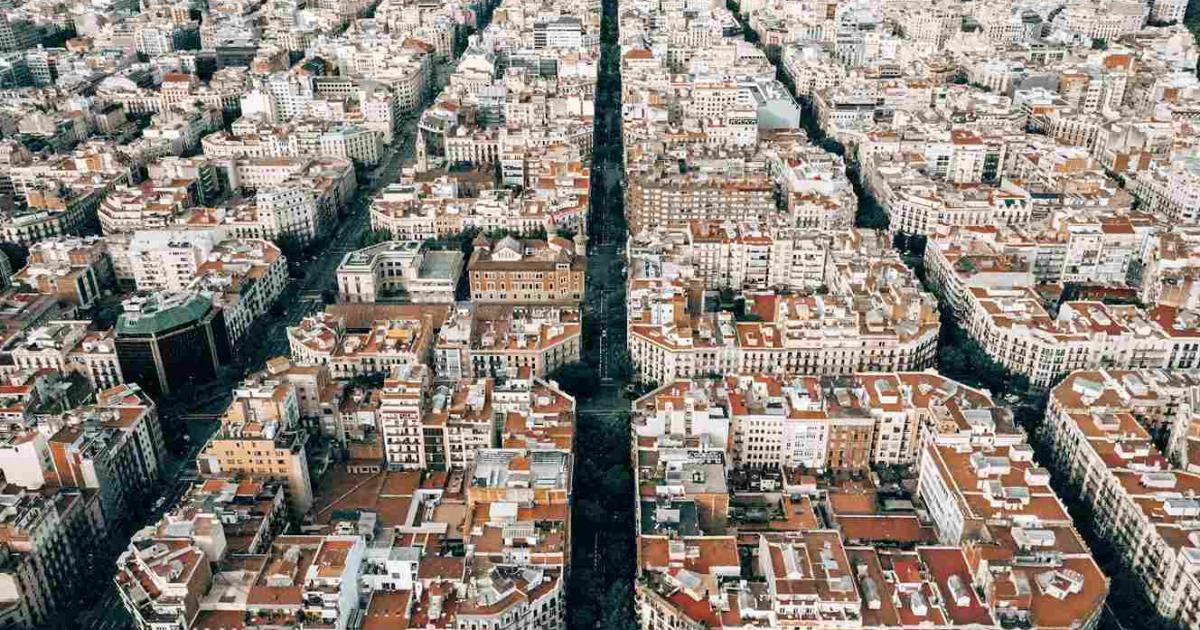I read a similar long article just now on eldiaro.es that was published ten days ago:
Tourism in Santiago de Compostela between the threat of a collapse and the rhetoric about the millionth visitor
It sheds a bit more light on some of the background for this near constant flow of articles about raising numbers of visitors and bad behaviour, for example: the differences in tourism policy between the city administration of Santiago and the Galician government who are the ones with the big money for PR, especially during the Xacobeos/Holy Years and whose main aim appears to be an increase in visitor numbers; the hassle about a city tax that is wanted by the city administration but has to be approved by the Galician government who is not in favour of it; the influx of these huge faith/movement affiliated youth groups in the context of the European Youth Pilgrimage last summer "
when the city collapsed" and now again this summer with groups visiting Santiago on their way from and to World Youth Day in Lisbon - their loud chanting, their group dancing in the public space, the noise they make ...; and what the two previous mayors of Santiago attempted to do and what the current mayor's goals are.
That the old town is getting empty of the local population, of families with children, of traditional shops is of course a phenomenon that is not only related to tourism but it is happening and it is sad.
A curiosity in this news article: they make a reference to numerous anecdotes and among them to the owner of a bookshop who says that
there are days in which our bookstore becomes an improvised tourist information point. The so-called Camiño Francés de Santiago passes through the square, which is about 300 meters from the cathedral, and there is no municipal office there [...] a pilgrim came in to ask us about "the Wailing Wall". 
[The Wailing Wall, also known as Western Wall, is in Jerusalem.]






















